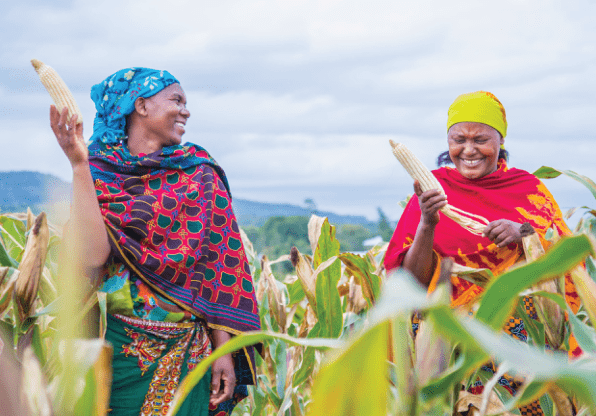Climate Risk Insurance and Risk Financing in the Context of Climate Justice. A Manual for Development and Humanitarian Aid Practitioners

Climate-related hazards cause substantial humanitarian and development risks. They cause loss and damage and undermine the achievement of the Sendai Framework for Disaster Risk Reduction (SFDRR) and the UN Sustainable Development Goals. It is the role of climate risk management to identify and reduce these risks and to protect vulnerable people, communities, and countries from intolerable humanitarian catastrophes and losses that go beyond their capacity to absorb these risks. Climate risk insurance and other forms of climate risk financing are key elements of climate risk management. They complement risk prevention and risk reduction by compensating for a part of the residual risk that cannot be avoided. Climate risk transfer relies on data provided by climate risk assessments. Risk transferrefers to the transfer of the financial costs and the potential future damage caused by climate risks to a broader collective. In the case of insurance, risks are transferred to insurance companies that are contractually obliged to make a disbursement in the event of loss or damage. Insurance companies have to provide the capital to do so themselves. As a rule, they transfer part of the risk they take on to larger insurance pools via reinsurance with broader levels of risk diversification or they use capital market instruments to limit their own risk.Looking at climate risk insurance and risk financing from a climate justice perspective, the biggest challenge lies in the fact that the insurance concept (unless the insurance premium is paid by a third party) builds on the principle of mutuality: The insured form a pool and mobilize the financial means needed from within the pool, that is, usually no transfer payments are made to the pool from outside the pool. The same is true for most forms of risk financing. The costs have to be covered by those at risk, and the higher the risk, the higher the protection costs are. Overcoming this injustice, and introducing the justice principles of solidarity and accountability (“polluter pays”) to the risk transfer discourse, is an important goal of climate advocacy.It is not enough to make climate risk insurance available. The extent to which insurance helps to close the gaps in the protection of vulnerable groups against climate risks depends on the way in which insurance is structured. Respective guidance is provided by the pro-poor principles for climate risk insurance. ACT Alliance and other faith-based organizations (FBOs) often work with marginalized communities at the frontlines of climate change. Knowing their needs as well as their specific capacities, FBOs have a huge potential to serve as bridge- and trust-builder, linkingcommunities with state authorities, insurers, and development partners and thus facilitating the development of climate risk finance and insurance solutions that are designed in a truly pro-poor way and that benefit climate-vulnerable people in their struggle for resilience, dignity, and sustainable development
- Publication date : 3rd November, 2020
- Publisher: ACT Alliance
- Author(s): Thomas Hirsch & Vera Hampel Download

